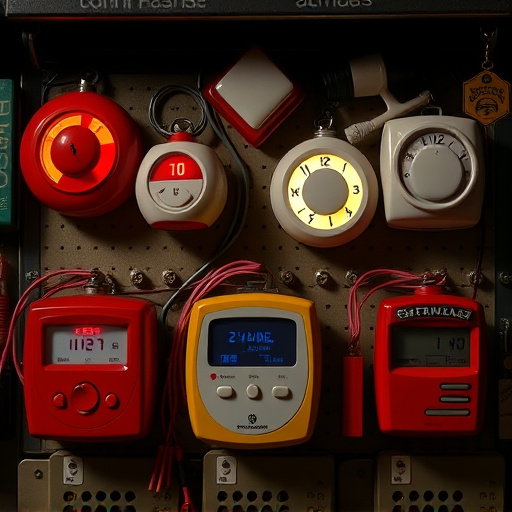Night walking poses unique risks like hidden dangers and increased isolation. Personal alarms with phone alert functionality offer solutions through direct emergency contacts and loud alarms. Key features include GPS tracking, water resistance, long battery life, and panic buttons. To maximize safety, charge the device, pair it with your phone, keep it accessible, and activate upon danger. Regularly test and share alert settings for enhanced security.
“Embracing night walks offers tranquility, yet safety concerns linger. Navigating darkness presents unique risks, underscoring the need for emergency preparedness. This article explores essential tools designed to safeguard your nocturnal adventures—personal alarm devices with phone alert functionality.
We’ll dissect the critical features ensuring your peace of mind and explore best practices for leveraging your smartphone as a lifesaver. By understanding these elements, you can confidently step into the night, secure in the knowledge that help is just a press away.”
- Understanding Night Walking Risks
- Key Features of Personal Alarm Devices
- Best Practices for Using Phone Alerts
Understanding Night Walking Risks
Night walking, while offering a serene experience for some, comes with unique risks that often go overlooked. Darkness can obscure potential dangers, making it easier to encounter hazards like uneven terrain, unpredictable weather, or even confront dangerous animals. Additionally, isolation increases the risk of emergency situations where help may be needed promptly. This is especially true for individuals who live alone or venture into remote areas after dark.
Understanding these risks is the first step towards ensuring safety. One effective device to mitigate these dangers is a personal alarm with phone alert functionality. These compact and portable devices emit loud alarms that can startle potential threats, while simultaneously sending alerts directly to emergency contacts, ensuring swift response in case of an incident.
Key Features of Personal Alarm Devices
Personal alarm devices designed for night walking offer a range of key features that enhance safety and peace of mind. One of the most crucial is the ability to send an alert directly to your phone. These devices typically incorporate GPS tracking, enabling users to share their location in case of emergencies with pre-selected contacts. Additionally, they often include a loud, automatic alarm that can deter potential assailants and attract attention from passersby.
Other notable features include water resistance, ensuring the device can withstand various weather conditions, and long battery life, crucial for prolonged walks. Some models even offer panic buttons for immediate assistance and voice recording capabilities to document incidents. The integration of these advanced functionalities in personal alarm devices with phone alert systems makes them indispensable tools for staying safe during night outings.
Best Practices for Using Phone Alerts
Using a personal alarm with phone alert is a smart way to stay safe while night walking. For optimal results, practice these best strategies: First, ensure your device is fully charged before heading out. Second, pair it with your phone and familiarize yourself with the activation sequence – a quick press or hold could be the difference between safety and danger. While walking, keep the alarm accessible; consider attaching it to your clothing or using a lanyard for easy reach. In case of an emergency, activate the alarm immediately. Not only will this loud, piercing sound startle potential threats, but it also sends your GPS location to pre-set contacts, allowing loved ones to swiftly locate you. Regularly test the device’s functionality and consider expanding your safety network by sharing alert settings with friends or family members during each walk.
When venturing out at night, staying safe should be a top priority. By understanding the risks and utilizing emergency safety devices like personal alarm with phone alert systems, you can enhance your security while exploring after dark. Following best practices for using these tools ensures their effectiveness during emergencies, giving you peace of mind and the confidence to navigate your surroundings safely.
